
Pain
Latest News
Latest Videos

CME Content
More News

"I suspect that some doctors still have not changed their ways, so if you see your ENT, EM, or pediatric colleagues prescribing them, please ask them to stop." - Jon Matthew Farber, MD.

Authors of a study highlighted at the 2023 American Academy of Pediatrics National Conference & Exhibition suggest nature exposure therapy could be beneficial for pediatric with chronic pain

This formulation of ibuprofen is the only non-opioid product approved to treat pain in infants that is delivered through injection, according to Cumberland Pharmaceuticals.

Assessing pain in nonverbal patients remains very difficult, including being able to distinguish it from “behavior” (eg, self-stimulation), says Jon Matthew Farber, MD.

A study has found that prenatal analgesic opioid exposure of 5 or more weeks is associated with a slightly elevated risk of attention-deficit/hyperactivity disorder (ADHD) in children compared to exposure of 4 weeks or less.

A female aged 13 years with morbid obesity and recent hospitalization for pyelonephritis presents with abdominal pain, tachycardia, and shortness of breath. What's the diagnosis?
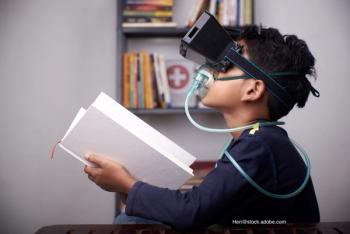
With the drive to find alternate ways to manage pain and anxiety during procedures, is there a place for immersive virtual reality (VR)?

Children receiving palliative care may suffer from a variety of symptoms. A report examines the most common ones as well as how frequent and severe they are.

A clinical trial can offer a child a chance for relief from painful headaches. An investigation examines whether the benefits of treatment in a migraine study were sustained, even after treatment ended.
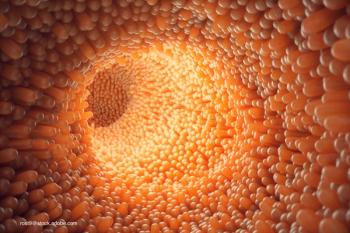
Gastrointestinal concerns are a common reason for a child's visit. This article offers a review of the most common ailments that may lead to that visit.
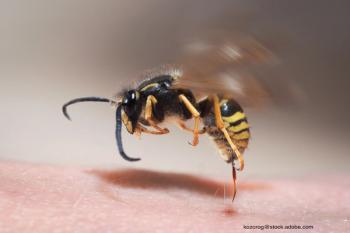
A 2-year-old girl with a 36-hour history of left shoulder redness and pain. She developed a fever 24 hours prior to presentation. She was stung by a hornet on multiple areas of her left upper extremity 10 days earlier. What’s the diagnosis?

Headaches are common in children, but not all headaches are the same. This article offers a review of triggers and treatments.

Headache following concussion is not unusual, but could the type help indicate which cases may be prolonged?

An investigation examines whether parental prescription opioid use impacts a child’s opioid use and misuse.
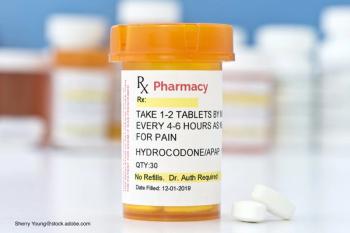
Non-opioid pain management recommended in pediatrics when possible, according to new guideline.

Often what parents reach for to relieve a child’s pain or fever, a new meta-analysis looks at the efficacy and safety of ibuprofen and acetaminophen.

Headache may be one of the most recognizable health concerns, but managing it may not always be clear. A presentation at the virtual 2020 American Academy of Pediatrics National Conference & Exhibition offers a tiered approach to aid in management.

A new study examines the efficacy of the toxin for migraine treatment in pediatrics.

A bone fracture is a painful experience and ibuprofen may be used to treat the pain. A report examines whether it could inhibit bone healing.

Associated with musculoskeletal pain in adults, poor sleep also could carry a similar risk for children.

Available data cannot claim benefits of one medication over another for pediatric migraine, but evidence supports treatment of some kind to reduce frequency and severity.
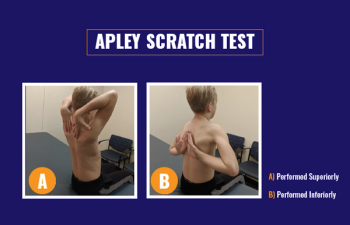
Physical exams for shoulder pain in young athletes can be performed in the primary care setting. Here are 6 tests to help diagnose the source of the pain.

Arm pain is a common complaint in young athletes but playing though shoulder pain can have serious consequences. Here is guidance for diagnosing shoulder pain and helping these players get their game on.

Treatment regimens that include ondansetron as the antiemetic of choice for children who visit a pediatric emergency department for acute migraine are safe and effective, according to a retrospective review.
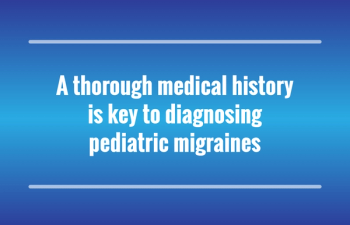
When evaluating and diagnosing migraines in pediatric patients, a thorough medical history is key to giving a diagnosis. These 8 questions are structured to pinpoint concerning headache patterns earlier in the diagnosing process.










